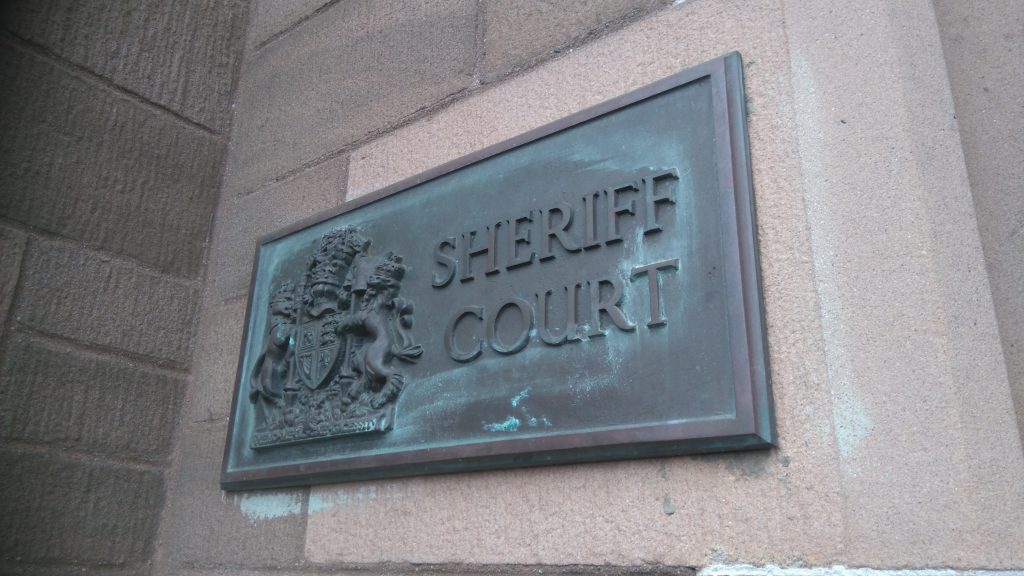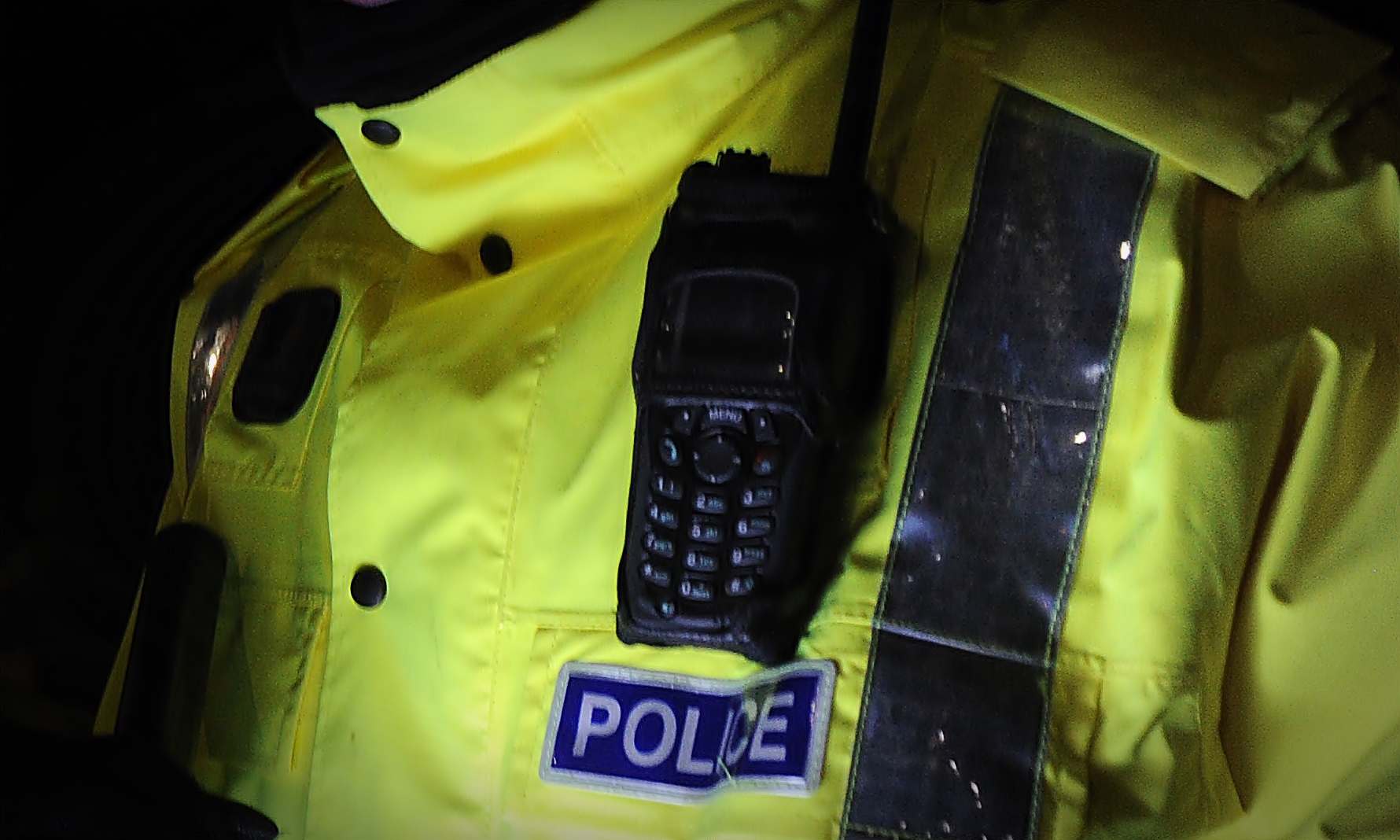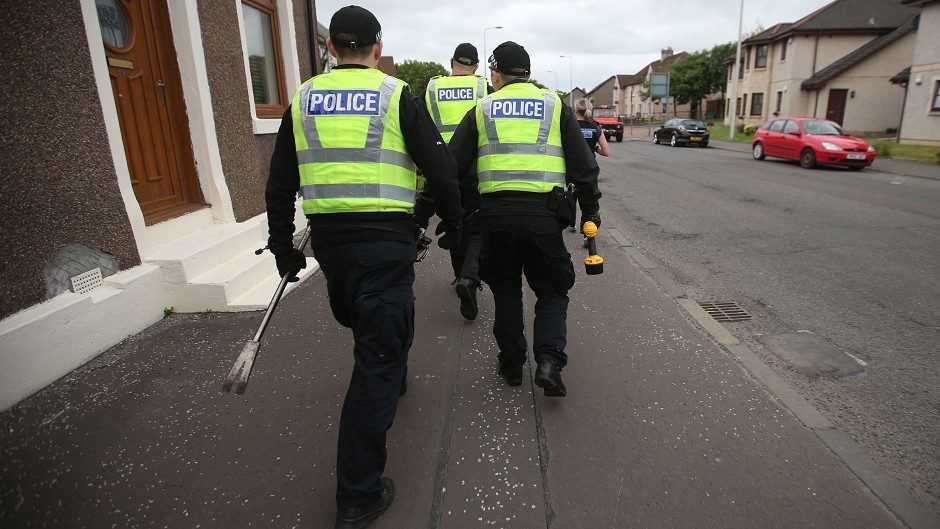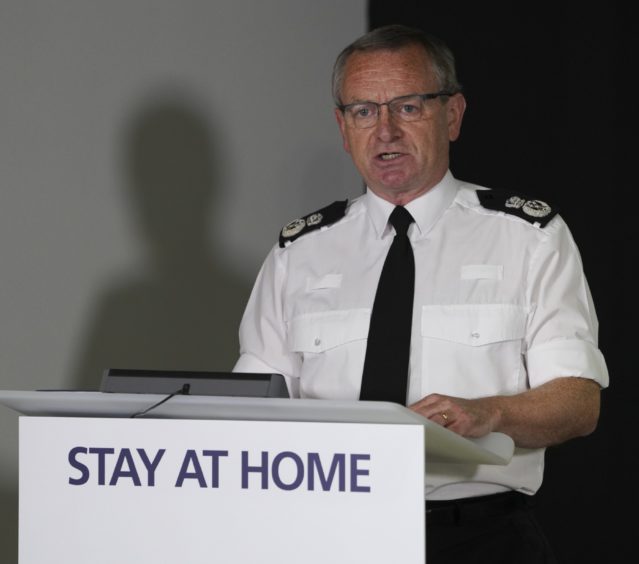Police officers in Scotland fear that public confidence in the justice system could crumble if criminals keep offending while awaiting punishment by an “overwhelmed” court service.
MSPs have been told by the Scottish Police Federation (SPF) that the backlog in court cases could take “several years to clear” in the wake of the coronavirus crisis.
In written evidence to Holyrood’s justice committee, the union warned of the risk that victims and witnesses might lose faith if the person accused of committing a crime continues to offend while awaiting a long-delayed court appearance.
The SPF also said that its members were “exceptionally angry” that people accused of spitting on officers during the pandemic were not always kept in custody pending a court date.
And it expressed doubt about whether a range of new coronavirus-related rules, including quarantining after a holiday, could be enforced.
It is expected that there could be a backlog of 1,800 trials at the high court and sheriff courts in Scotland by August.
In its evidence, the SPF said: “It is our expectation that the consequential backlog to the court service, created by the suspension of live proceedings, and the addition of new workload will probably take several years to clear.
“This has the potential to significantly undermine the confidence of victims and witnesses in the wider justice system, and through association in the police, should accused persons continue to offend against an increasing background of an overwhelmed court service.
“It appears that in the possibly understandable rush to close courts, not enough early thought was paid to these issues.”

The SPF, which represents more than 18,000 police officers, said that coronavirus laws were “perhaps the most restrictive legislation passed in our lifetimes”, and that there had been insufficient engagement with police at the outset.
It believed there was “already too much of a gap emerging between what the law says, what the guidance says, and what the public is prepared to tolerate”, with a “sense of a hunger for ‘freedom’ increasing with each passing day”.
As a result, the federation said any new laws had to be “practically enforceable”.
It said: “Whether on distance restrictions for travel, entering someone else’s house, or the question of quarantine on return from holidays, the SPF believes such measures are nigh on impossible to enforce.
“If enforced at all the inevitability of inconsistency could not be understated resulting in a tiny minority facing criminal sanction for actions being undertaken by the majority.”
A Scottish Government spokeswoman said that a balance always had to be struck between what was in legislation and what was in guidance.
She added: “The Scottish Government has absolute confidence in Police Scotland and their ability and professionalism to support the measures in place to keep the people of Scotland safe with an independent survey showing strong public support for policing in Scotland during the pandemic, which is to be welcomed.
“The chief constable has consistently made it clear that it is important that the policing tone and style reflects the need for positive engagement and that common sense needs to be applied by everyone.
“The vast majority of people have complied with the rules. Officers have focused on engaging, explaining, and encouraging and only using enforcement as a last resort.”












